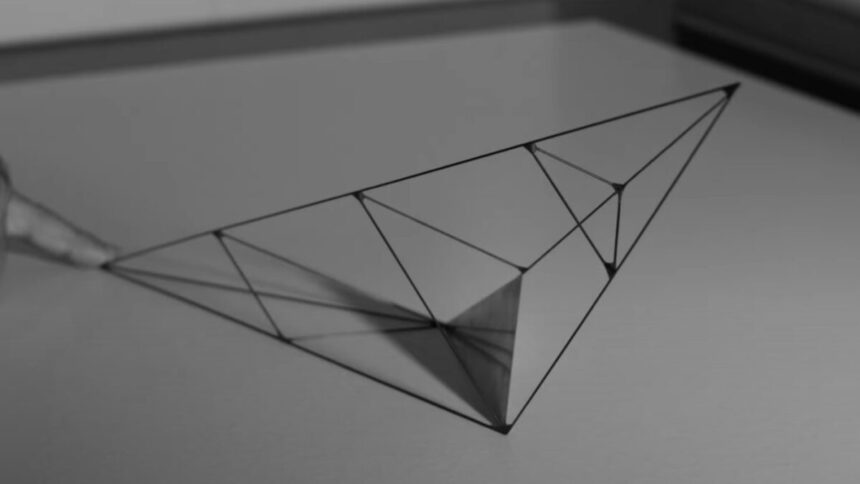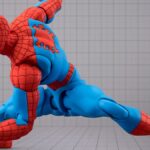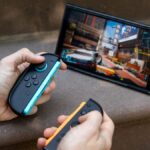“Bille” is the first-ever monostable tetrahedron, or a pyramid-like shape with four triangular faces that has one stable resting position. What this means is that Bille, no matter how you throw it and how it lands, will flip back on exactly the same side every single time.
In a recent preprint submitted to arXiv, mathematicians revealed the first physical model of Bille, closing a decades-old theory proposed by the renowned British mathematician John Conway. Made of lightweight carbon fiber and dense tungsten carbide, Bille represents an array of ridiculously sophisticated engineering decisions—making this as much a technological achievement as a mathematical one.
It’s no surprise, therefore, that its self-righting property additionally hints at some exciting applications for the spaceflight industry—which notably experienced two recent landing mishaps with toppled-over lunar landers.
In his initial conjecture, Conway surmised that a tetrahedron with unevenly distributed weight across its sides would always flip to the same side, although a few years later Conway himself rejected the idea. Some mathematicians still thought there could be something to it, however, namely study co-author Robert Dawson, who almost succeeded in proving Conway right in the 1980s using lead foil and sticks of bamboo.
“But my recollection was that this only almost worked because of angular momentum,” Dawson, now a mathematician at Saint Mary’s University in Canada, told Gizmodo. “In the way that if a car comes across a bump in the road and it’s already moving, it’ll get over it thanks to angular momentum. But it might have a hard time starting up against that bump.”
Ideally, the monostable tetrahedron shouldn’t need another push to flop back on the “base” side. For a while, it seemed like Conway’s theory would end up in a box of really-cool-but-unlikely math ideas—until about three years ago, when mathematician Gábor Domokos and his student, Gergő Almádi at the Budapest University of Technology and Economics, reached out to Dawson. Domokos, a long-time expert on tricky balancing problems in geometry, had already discovered the gömböc, a roundish object that balances only on two points like a roly-poly toy.
While an impressive discovery, the gömböc, with its mostly round, multi-sided design, features relatively easy conditions for self-balancing, Domoko told Gizmodo. The fewer sides a figure has and the smaller the angles are on each side, the harder it is to make that figure monostable, he said.
Picture the common six-sided die. “If it is a fair die, it will land on each face with equal probability,” Domoko explained. Even if someone cheats and modifies the die by putting some extra weight on a couple of surfaces, the probability will shift slightly, but it should still be possible for the die to stand on all its faces.
In that sense, the tetrahedron, with its pointy corners and tiny acute angles across its four sides, makes it the “most difficult problem, the highest category” of shapes in terms of monostability—barring some kind of engineering miracle.
Which really happened. After deriving a theoretical model to calculate Bille’s dimensions, Almádi, an architecture student, spearheaded the quest to build a structure that, somehow, had one side made from a “really heavy material, the lighter parts almost air, and an almost empty skeleton,” Domokos said. The team settled on carbon tubes for the skeleton and, for the base, dense tungsten carbide—a metal alloy twice as heavy as steel.
Even after all that, an issue remained: For some reason, Bille kept landing on two different sides, not the one intended side.
“Then we looked at it, and there was a very small glob of glue which was sticking to one end!” Domoko exclaimed. Despite the chief engineer’s assurances that it made no difference, Domoko insisted on removing the tiny blob of glue—the density and shape of which were also calculated with ridiculous precision.
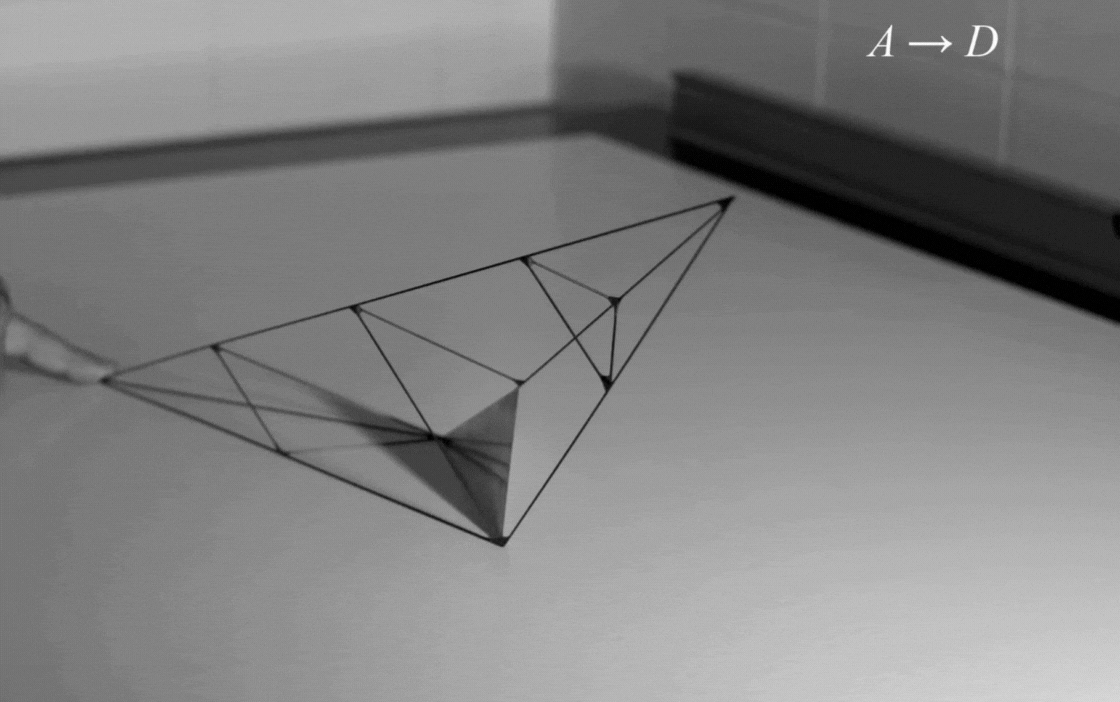
And—voilà. Bille made mathematical history.
That said, the engineers played a huge role in making this possible, Domokos clarified. “They were all part of the creation process—the geometry, engineering, and technological design. They all needed to click. If you take out any of these, it doesn’t work.”
To make sure Bille wasn’t just a one-time dud, Domokos’ team succeeded in making a second model—though this probably isn’t something one could easily make at home. “We wish good luck to anyone doing it,” Domokos joked. “But somebody doing it now has a huge advantage compared to us, because we didn’t know whether it would work.”
Domokos is particularly excited to see what might become of Bille further down the line. One reason Domokos didn’t want to stop at merely modeling Bille was because of gömböc, he explained. Like many aesthetically pleasing mathematical breakthroughs, gömböc got a lot of love from artistic communities and natural scientists drawing parallels between turtle shells and gömböc—which Domokos more or less expected.
What he didn’t expect was that Novo Nordisk, in collaboration with MIT and Harvard, would take interest in gömböc’s design principles for an insulin capsule that self-rights itself once inside a stomach, eliminating the need for needle injections.
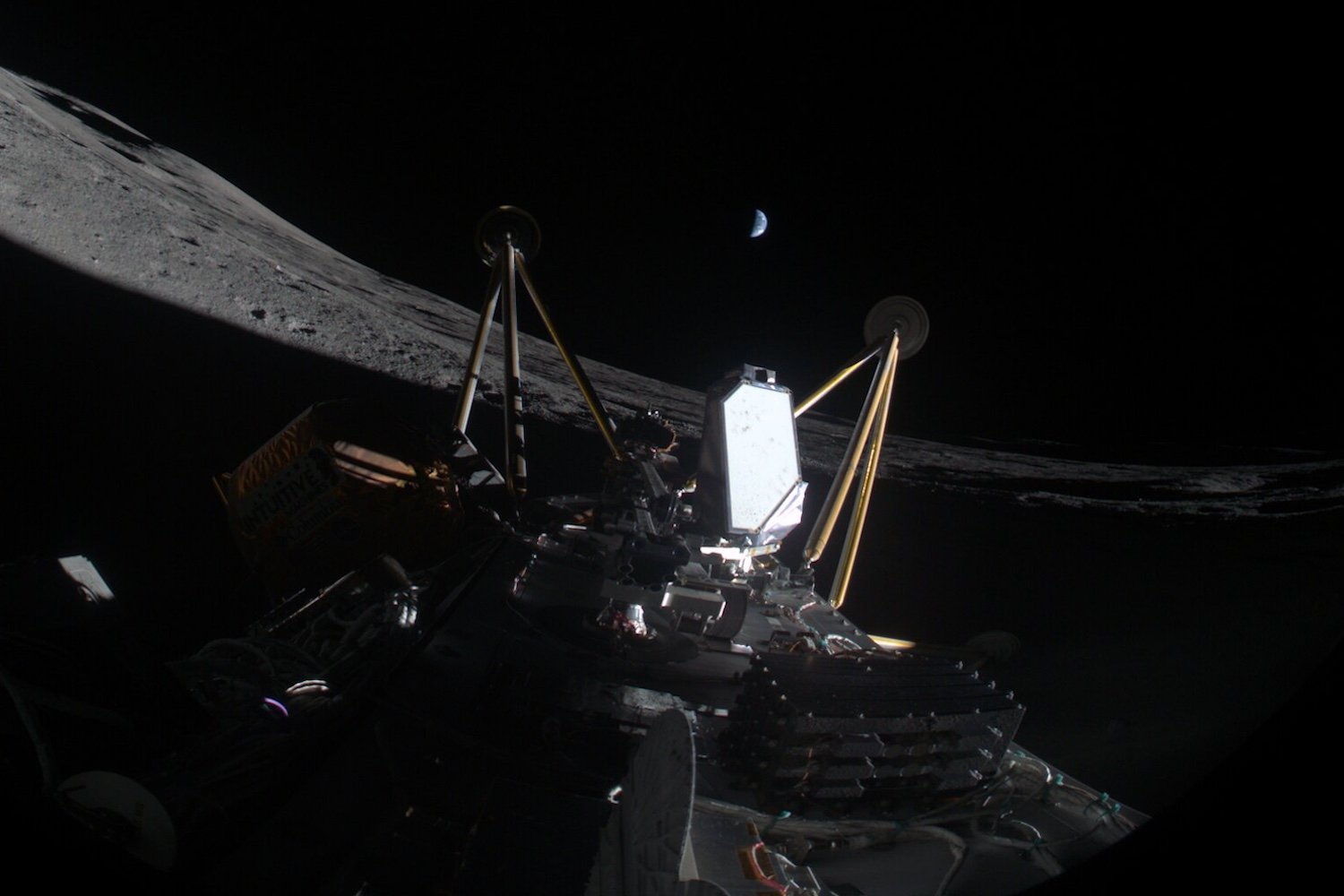
“And it sounded so outlandish—like science fiction,” Domokos said. “Gömböc taught me that physical objects are crucial—there are many bright people out there who are not mathematically minded, but they can look at something and it will reflect in their minds many other things.”
Still, it’ll probably be a while—if ever—before Bille ends up in the blueprint for the latest lunar lander, which Domokos knows will be extremely challenging. “When you develop something, you have to wait and technological innovation will catch up. Sometimes it takes 100 years, sometimes it takes 10 years. Mathematics is always a little bit ahead.”
Read the full article here

